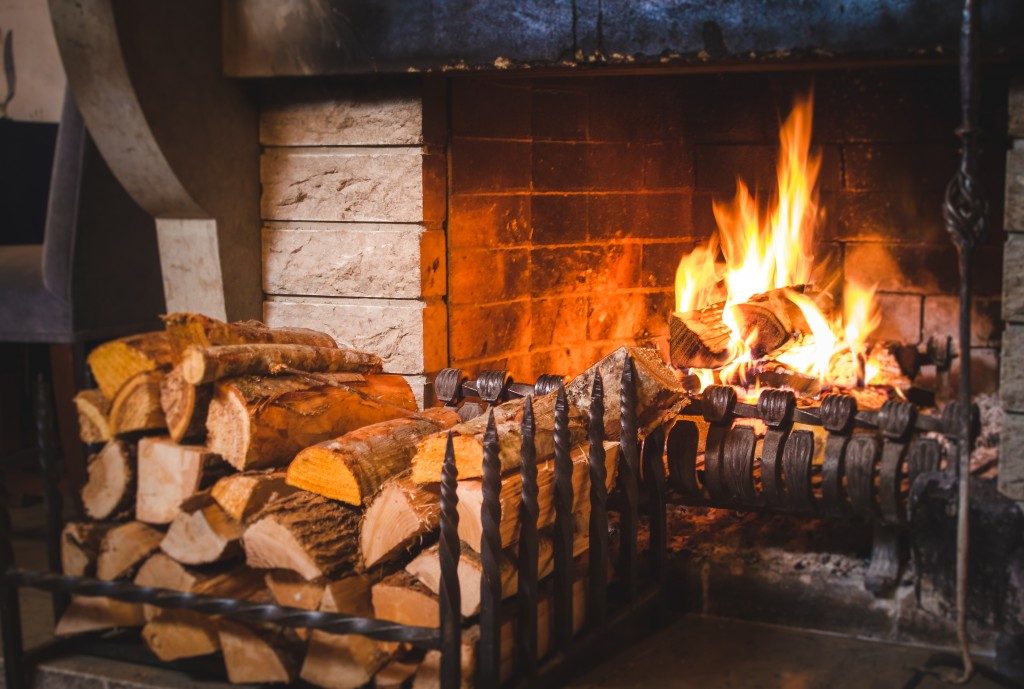In this age, homeowners with wood-burning fireplaces should pay more attention to efficiency more than those who have other types of furnaces at home. Some experts said that a wood-burning fireplace lets as much as 24,000 cubic feet of warm air out of the chimney.
Cold air from the outside would then replace the escaped air, and a boiler or furnace would have to heat it to maintain the desired indoor temperature. This is a typical cycle that isn’t immediately noticeable among homeowners. Another possible reason for an inefficient fireplace could involve soot and creosote build-up on your chimney, which increases the risk of a chimney fire and poorer indoor air quality.
Cleaning and Maintenance
If you’re still decided on using a wood-burning fireplace at home, think about using oak instead of regular firewood. Oak takes a long time to burn and gives more heat, which means that there would be a smaller amount of ash and smoke. Avoid using wet firewood whether or not you end up using oak, and don’t use lighter fluid or charcoal when starting a fire. Instead, use old newspapers or dry pieces of kindling.
The Environmental Protection Agency recommends the use of ashwood, beech, hickory, ironwood, rock elm, and sugar maple aside from oak. These won’t produce harmful chemicals, unlike pressure-treated wood. Remember to call a professional every year for an annual inspection. If you live in Missouri, some masonry companies in Kansas City can charge from $150 to $300 for a chimney sweep. The actual price will depend on where you live, the size of the chimney, and the complexity of the fireplace’s layout.
When a chimney or fireplace isn’t being used, you should always close the damper to prevent warm air from escaping through the chimney. You can find the damper as a metal plate on top of the chimney’s fire grate. In case you need to replace it, you should expect to spend between $100 and $500 aside from the cost of labor.
A Sustainable Alternative

Some homeowners choose a green alternative to wood-burning fireplaces to avoid dealing with the trouble of maintaining one. Pellet stoves are an example. These are perfect for those who aren’t keen on burning wood inside their house, particularly for families with young children. Compressed sawdust usually serves as the fuel for an energy-efficient pellet stove.
Once you decide on a particular replacement, do your research on possible tax incentives from your state government. Some homeowners could be eligible for these perks if they choose to install a high-efficiency unit. Consider purchasing a system that collects combustion air outside, which would help with retaining the heat inside the house.
In the end, a replacement for a wood-burning fireplace can arguably improve the energy-efficiency at home, but this is not possible for some people because of the high upfront cost. You should follow the advice of a masonry expert on how to take care of your fire pit, especially when you are carefully monitoring your utility bills.

